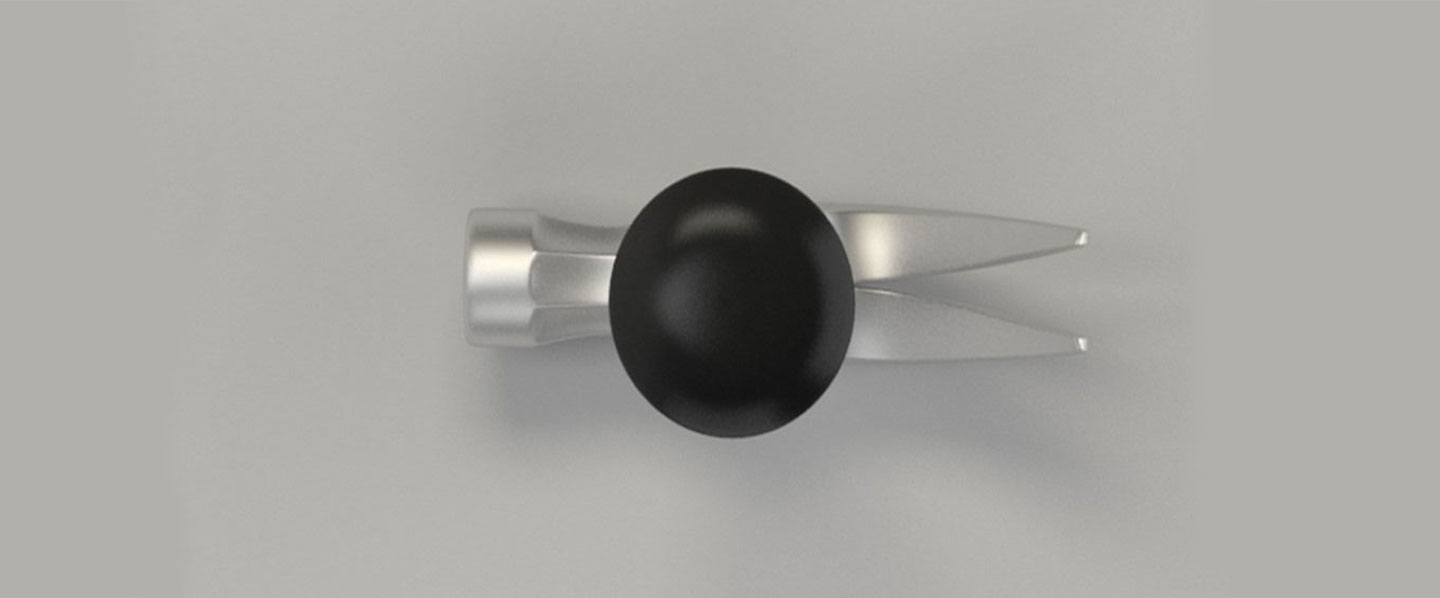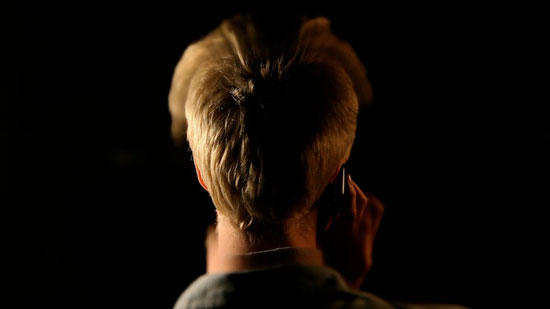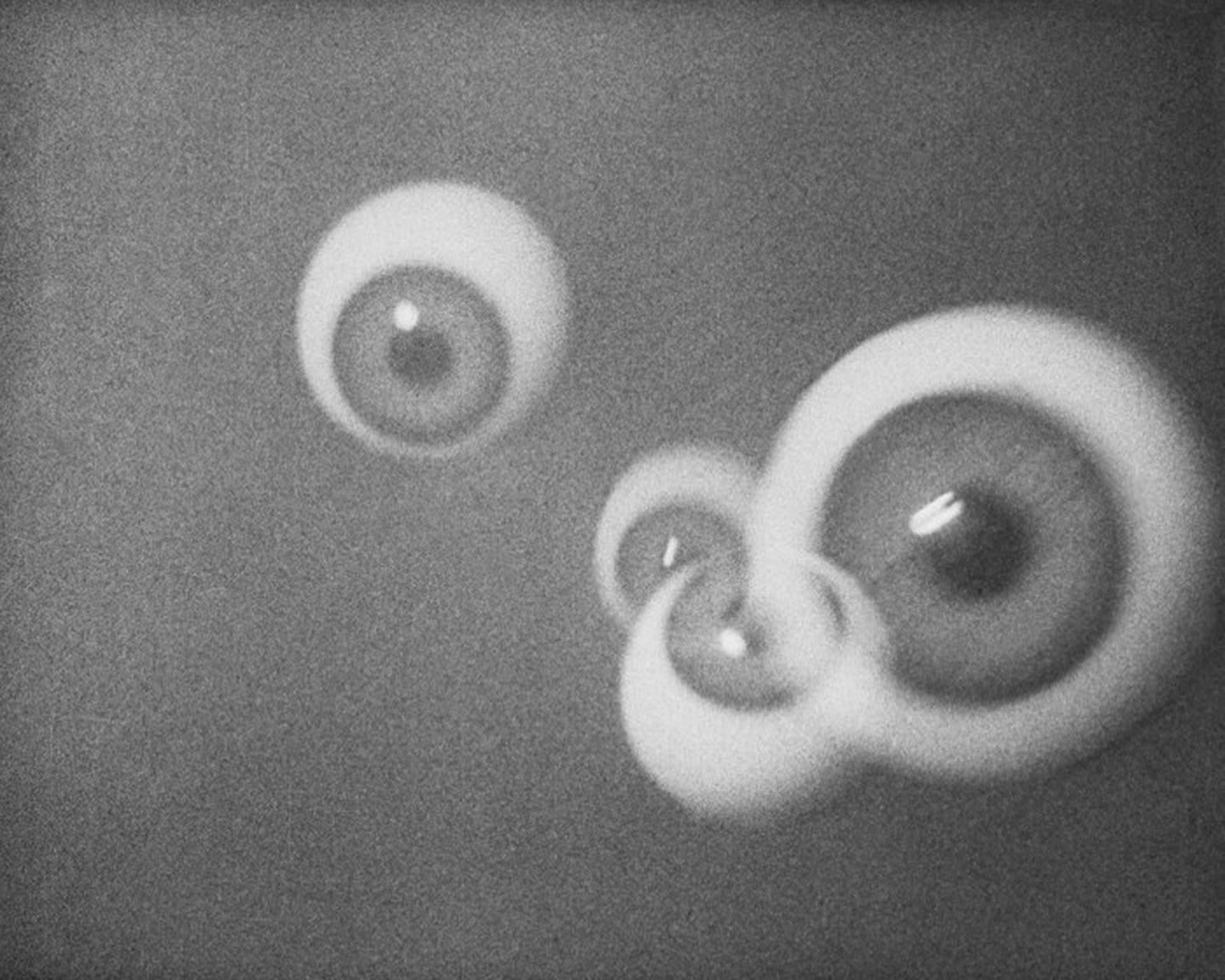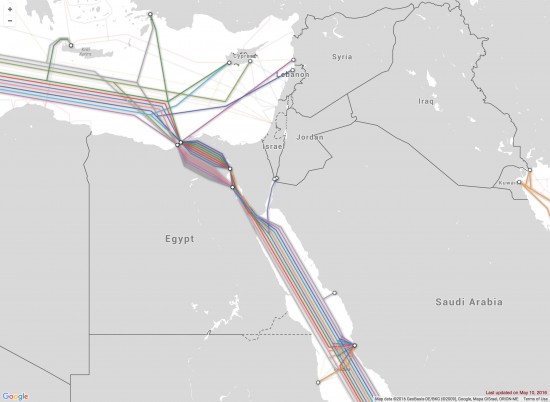Affects, contemplations, stimulations, and struggles happen in and through the lap, this site that accumulates the contexts of motherhood (associated with the womb and with the bodily grammar of caring), sexual entertainment (the lap as a space where two bodies come closer through a clientele dynamic), and domesticity (the pet dog as an extension of the family sphere, a receiver of libidinal transferences, and as sublimator of privately occurring sexual drives). The lap constitutes a space at once para-sexualized—where the relation between the mother and the child, the caretaker and the cared for, takes place—and a space at the core of the unfolding of a relation of intimacy, as the lap opens itself to both male and female sexual organs, with potential physical consequences for its beholders. The significance and potential of this accumulation of functions in this space that is at once intimate and public opens itself, when the laptop arrives, to a new configuration.
Online
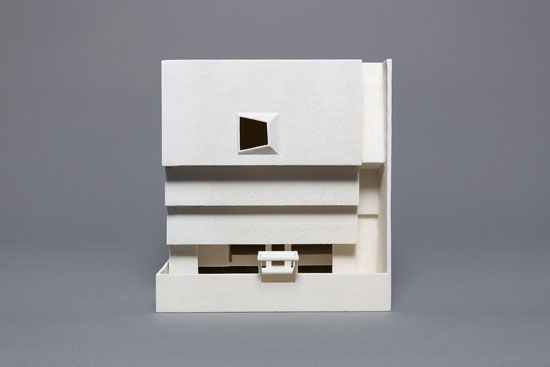

In the fourth essay of this reader, Boris Groys explains that the goal of technology, according to Heidegger, is to “immunize man against change, to libertate man from his dependency on physis, on fate, on accident.” Undeniably, coping with quarantine in the digital era has its advantages. Technology enables us to remain socially connected through our internet persona, as well as to continue to fulfill from home many of the daily tasks that have been affected since the Covid-19 outbreak, such as working and learning.
Is internet our vital lifeline during this confinement period? Clearly, that seems to be the case of those practicing isolation within the comfortable bubble of privilege, wherein smart devices have become the easiest way to fight boredom, fear, loneliness, and anxiety. Screens are the window into another space which hosts a broad spectrum of activities and content, designed to keep our minds and bodies entertained and occupied in the midst of the current crisis.
Looking ahead, it seems pertinent to ask ourselves whether we will give ourselves the well-deserved #DigitalDetox when life goes back to normal, or will we prefer to remain absorbed in our phones?
The following essays might aid in reconsidering the impact of technologies on our bodies and daily life, on the reconfiguration of the domestic sphere, but also on the field of contemporary art and its institutions.
This status of the artwork as an object of contemplation is actually relatively new. The classical contemplative attitude was directed towards immortal, eternal objects like the laws of logic (Plato, Aristotle) or God (medieval theology). The changing material world in which everything is temporary, finite, and mortal was understood not as a place of vita contemplativa but of vita activa. Accordingly, the contemplation of artworks is not ontologically legitimized in the same way that the contemplation of the truths of reason and of God are. Rather, this contemplation is made possible by the technology of storage and preservation. In this sense the art museum is just another instance of technology that, according to Heidegger, endangers man by turning him into an object.



